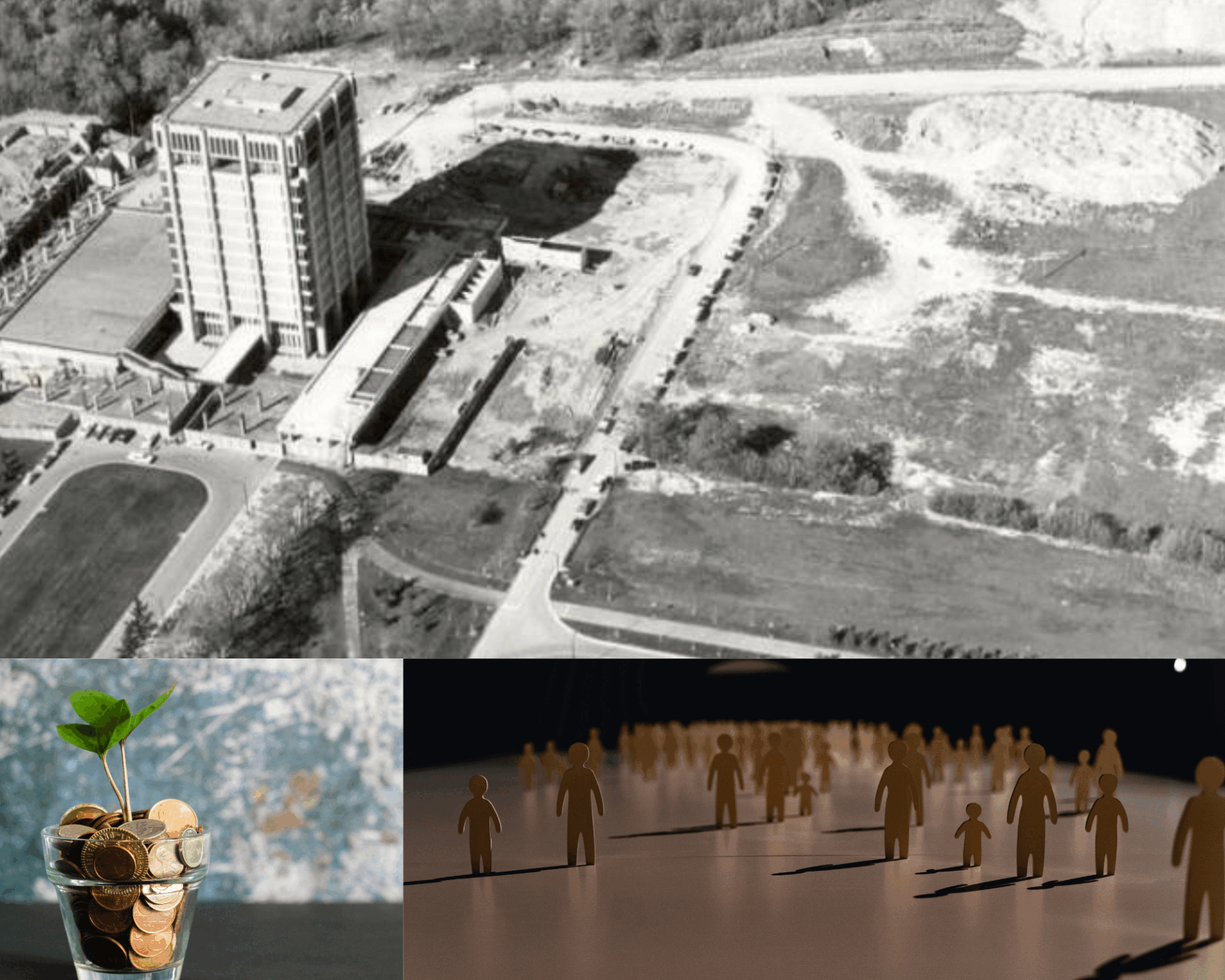Stories about the financial struggles of Ontario’s (and more broadly, Canada’s) post-secondary institutions have been loosely circulating for a few years now. The story of how our institutions got here is less clear.
Last year, Brock University students learned that the school was facing a $37 million budget shortfall. After several cuts, the university was projected to face a $10 million budget shortfall. While significantly smaller, the university still cautioned the St. Catharine’s Standard that ”it could not cut its way out of underfunding.”
At the same time, institutions like Conestoga College made a $121 million surplus (profit) in the same year. How is such a vast difference possible?
How are post-secondary institutions in Ontario funded – a general narrative
Post-secondary institutions in Ontario are funded primarily by the province, with the support of the federal government through grants, awards and student tuition.
The federal portion of these grants is administered by the Tri-councils: The Canadian Institutes of Health Research, The Natural Sciences and Engineering Research Council of Canada and The Social Sciences and Humanities Research Council of Canada.
According to CUPE, since the 1990s, federal funding allocated to post-secondary institutions has fallen significantly, with a 40 per cent drop in funding per student noted from 1992-93 ($3,291) to 2015-16 ($2,007) per head.
On the provincial end, the Ontario government has kept post-secondary grant levels frozen for more than a decade, while also freezing domestic tuition costs at 2018 levels and reducing them by 10 per cent in 2019 — a move that can be seen as supporting Ontario students during a cost-of-living crisis.
The province maintains a maximum number of students that a university in Ontario may have funded by the government. This is known as corridor funding and has essentially frozen a university’s maximum funding at around 2016 levels for domestic students.
Underfunding by all three domestic revenue channels left institutions reliant on international students for funding.
For a brief period, international student headcounts were used to make up the shortfall in funding as international student tuition brought in immense sums of money. In 2023, the country hosted approximately 1 million international students who accounted for nearly 37 per cent of all tuition collected by universities.
At its peak, Conestoga college had over 38,000 international study permits in 2023, allowing them to amass their surplus.
In 2024 the federal government implemented a cap on international student intake. The current level is 437,000 permits to be administered, a 10 per cent decrease from the previous year.
All of this has left post-secondary education in Canada in its current financial situation. While the Ford government recently announced an aid package of about $1.3 billion to support post-secondary education, this is a one time measure taken to support the precarious financial situation of its institutions.
As public-post secondary institutions operate as non-profit educational institutions, there isn’t much they can do when budget deficits occur, so they often resort to cutting programming and services that benefit students. Accumulating debt simply isn’t a sustainable model, so cuts must follow.
Ontario’s post-secondary institutions continue to operate side by side with their students as a cloud of financial uncertainty looms overhead.

